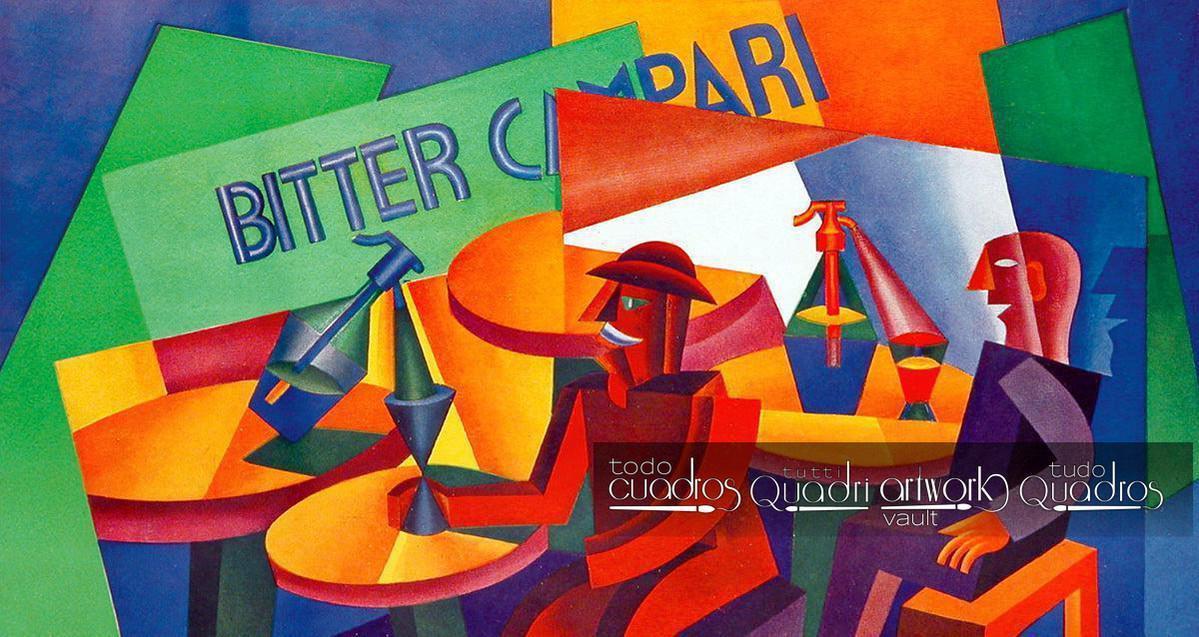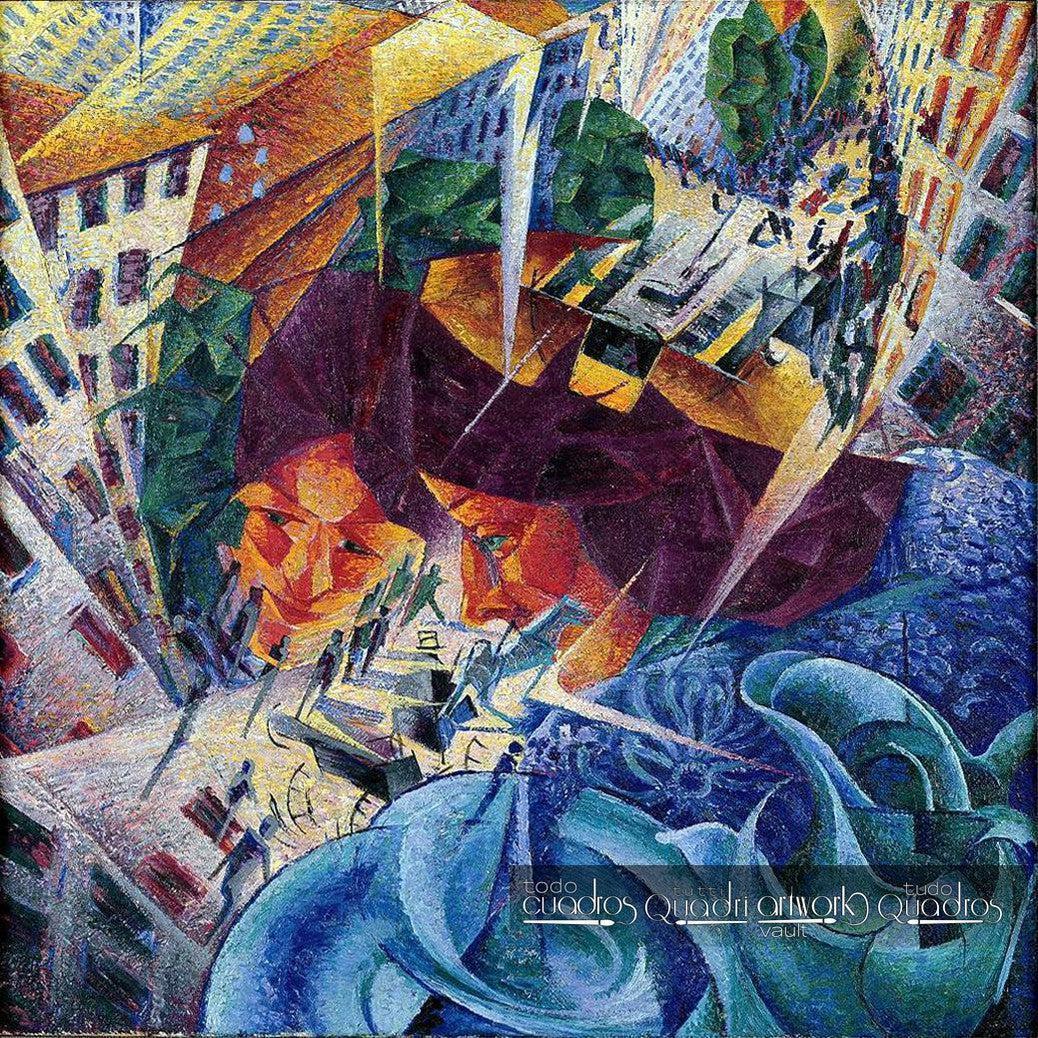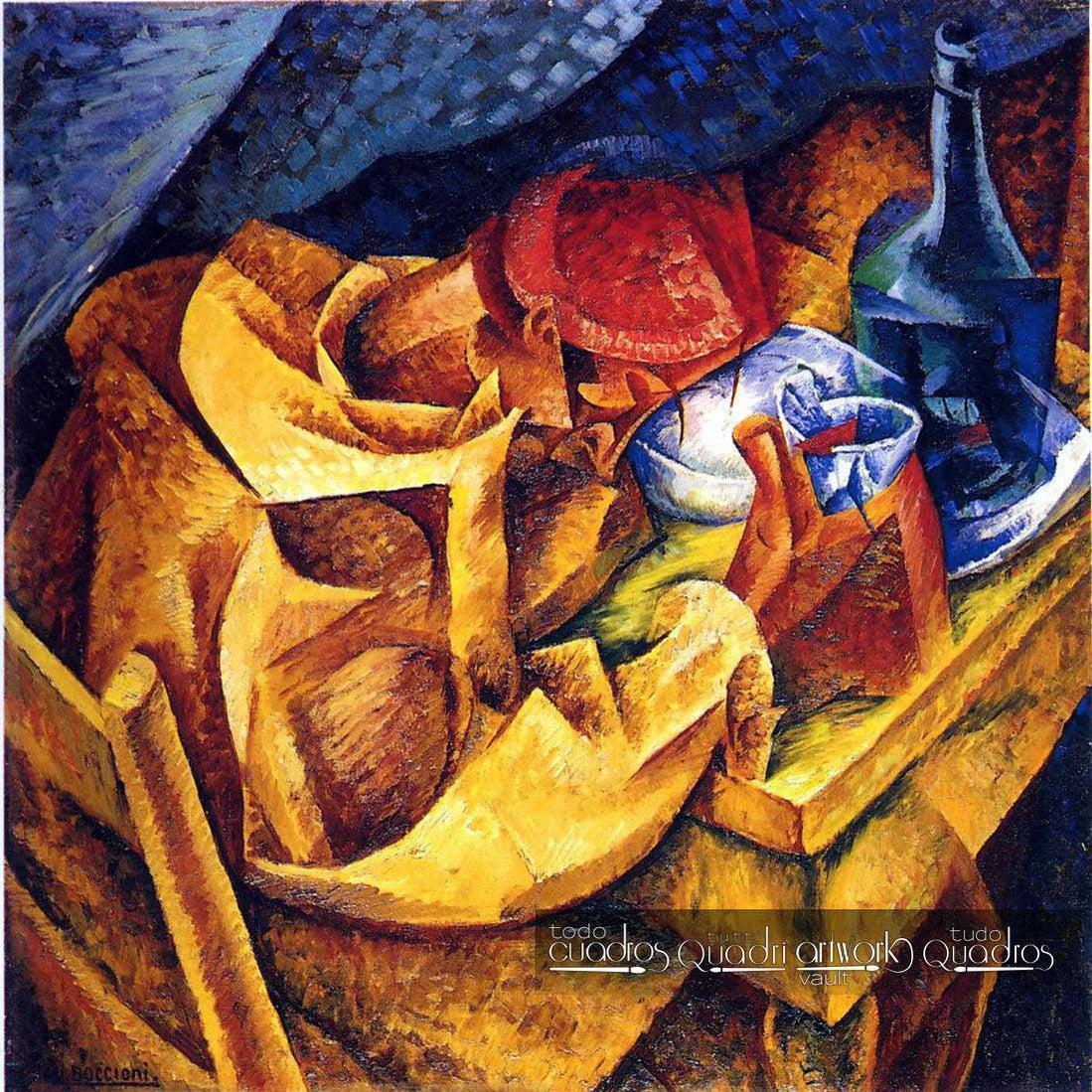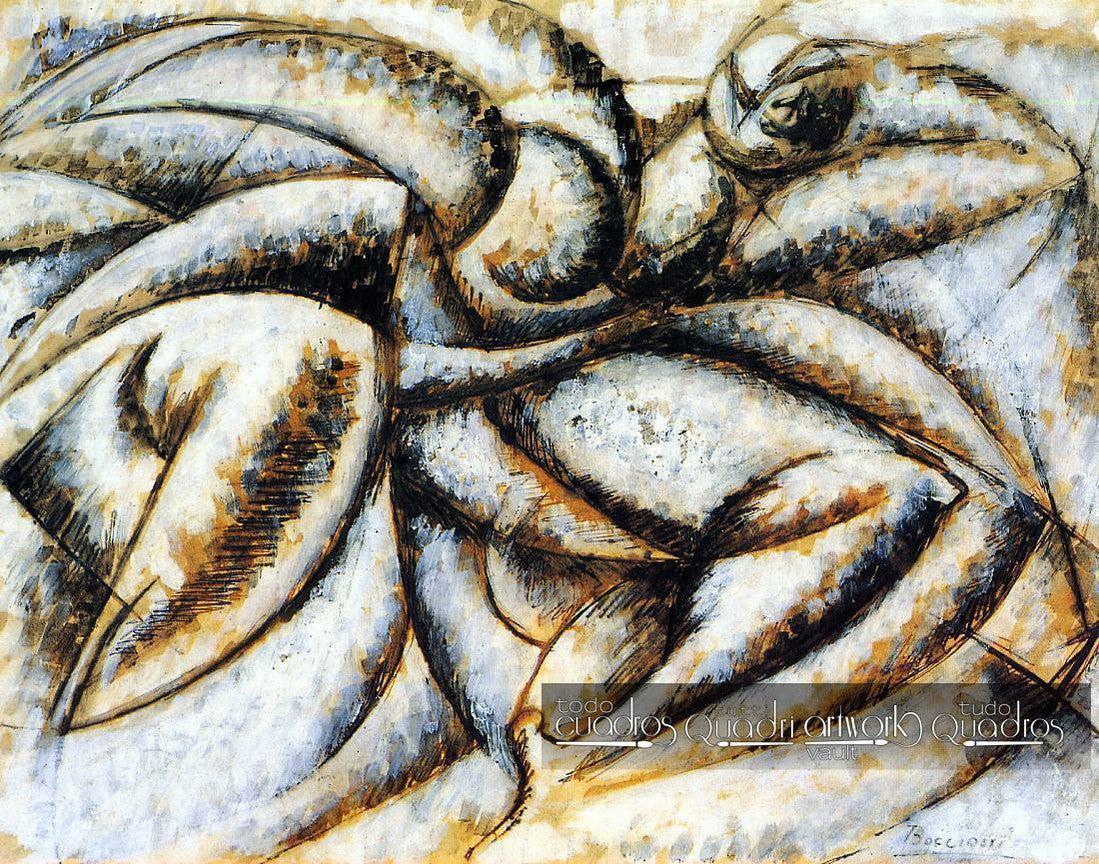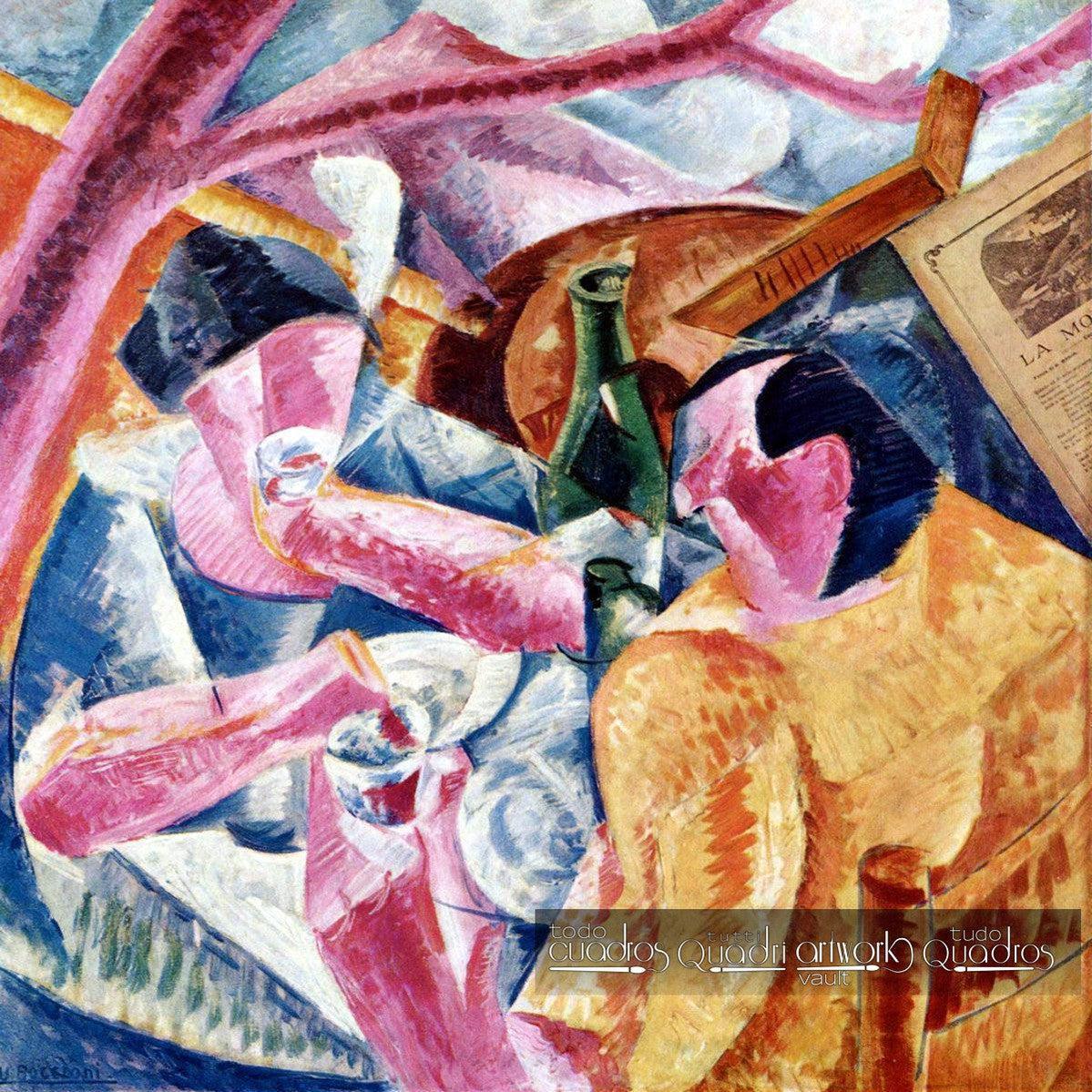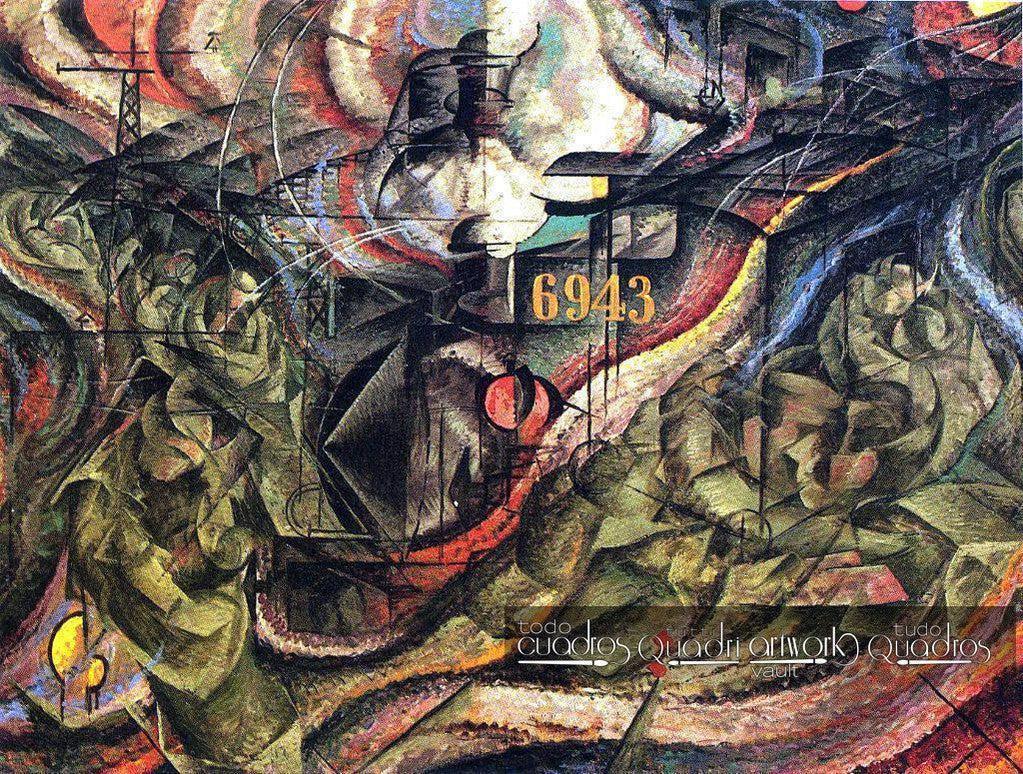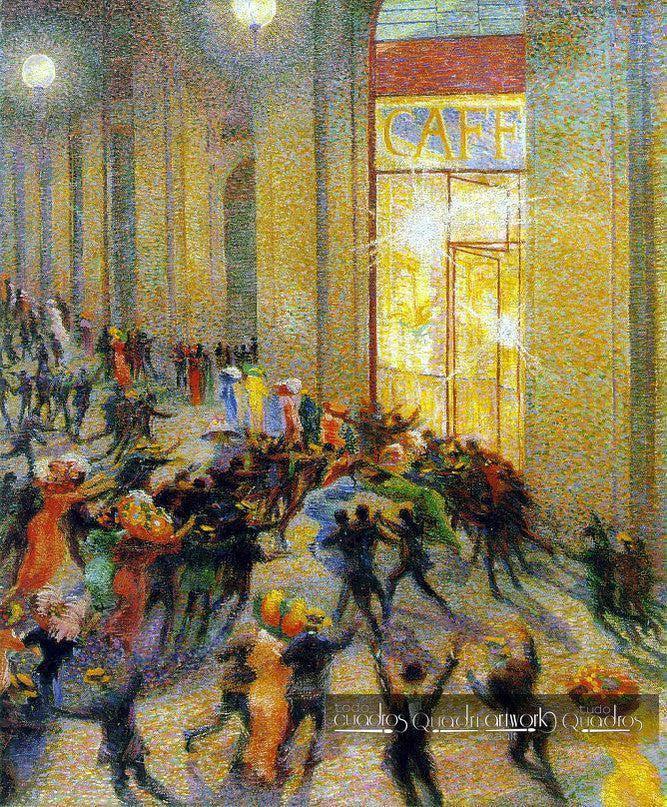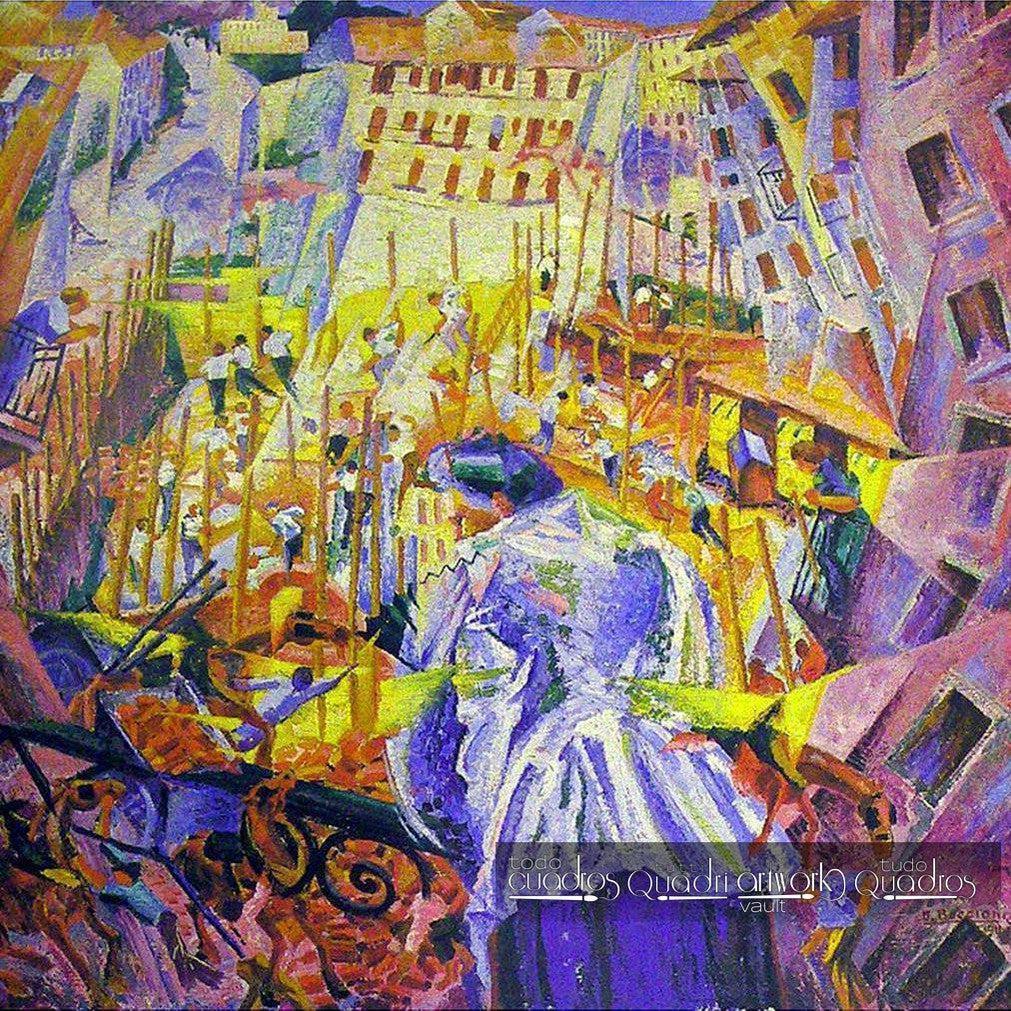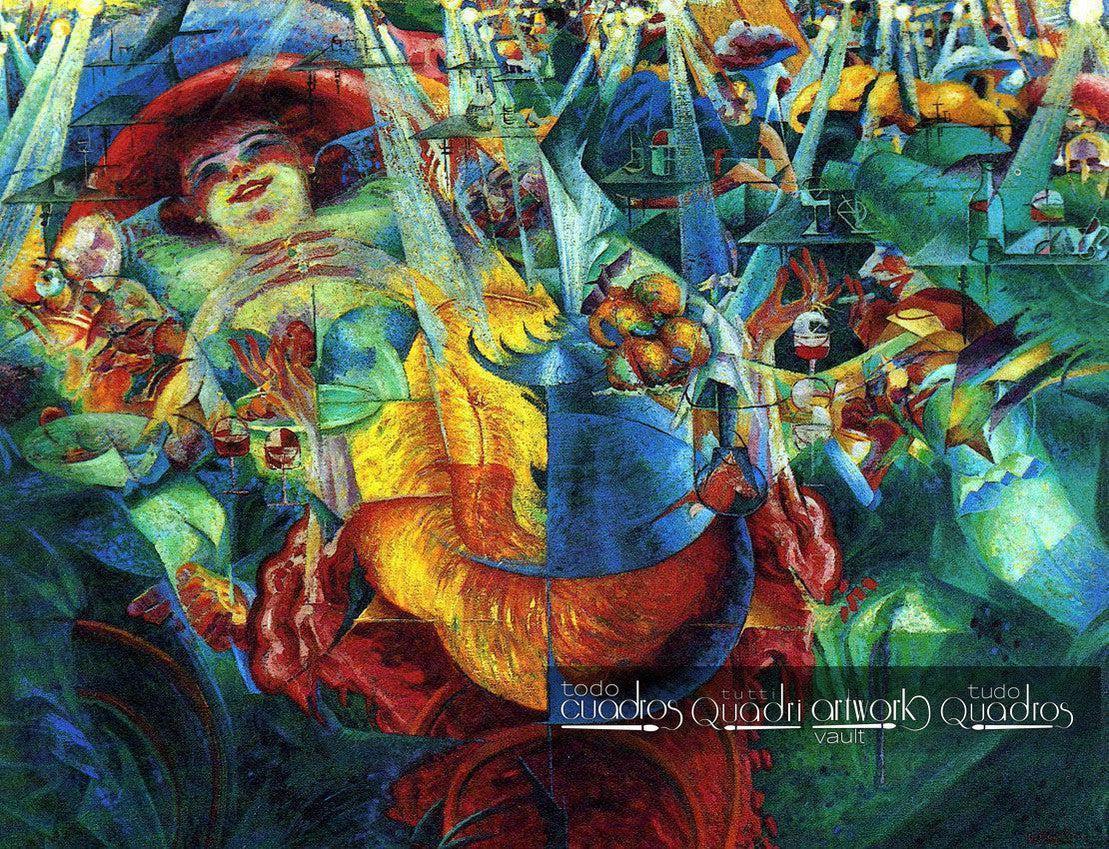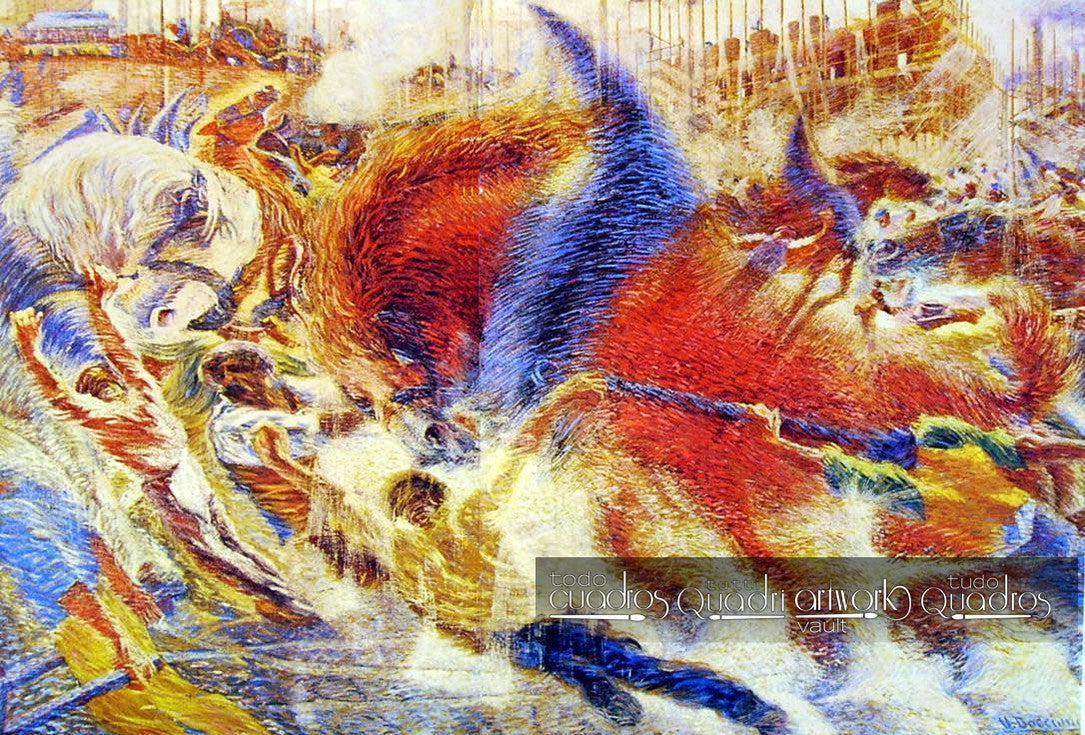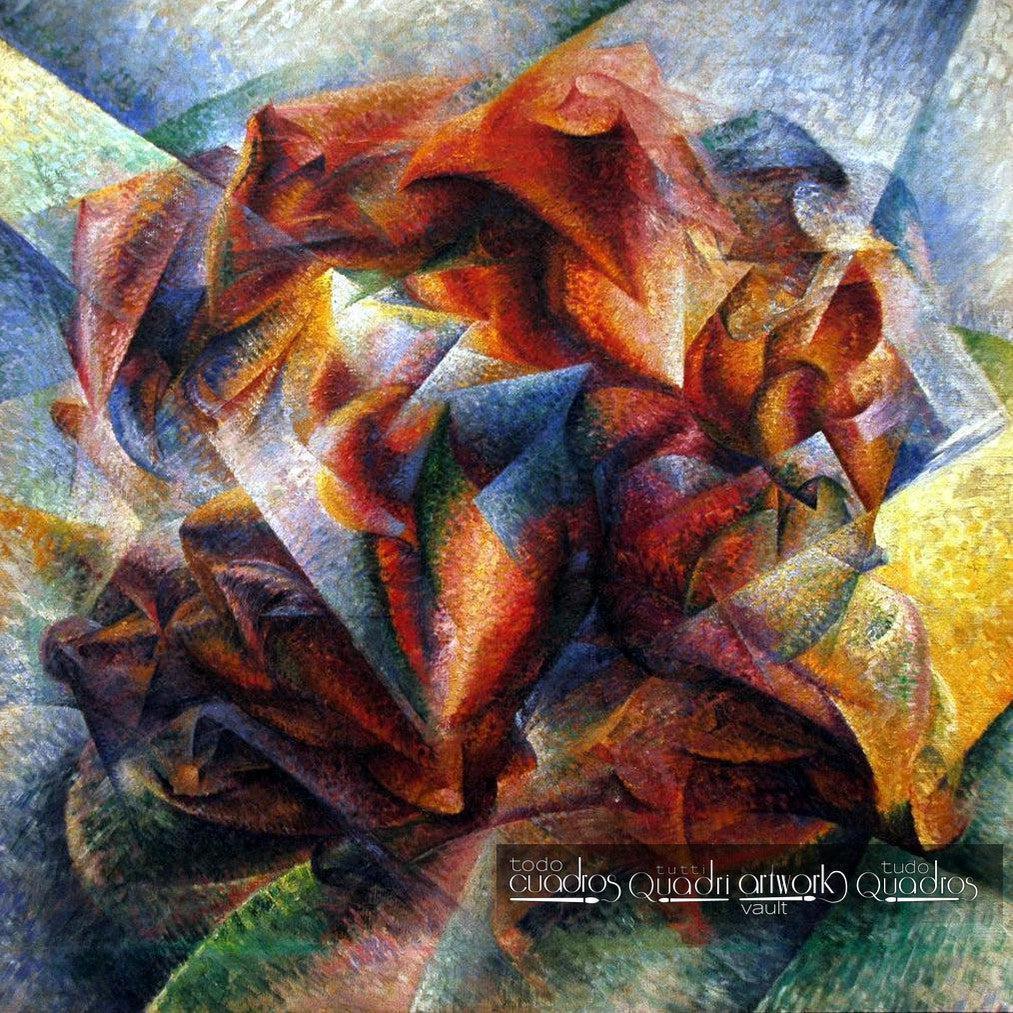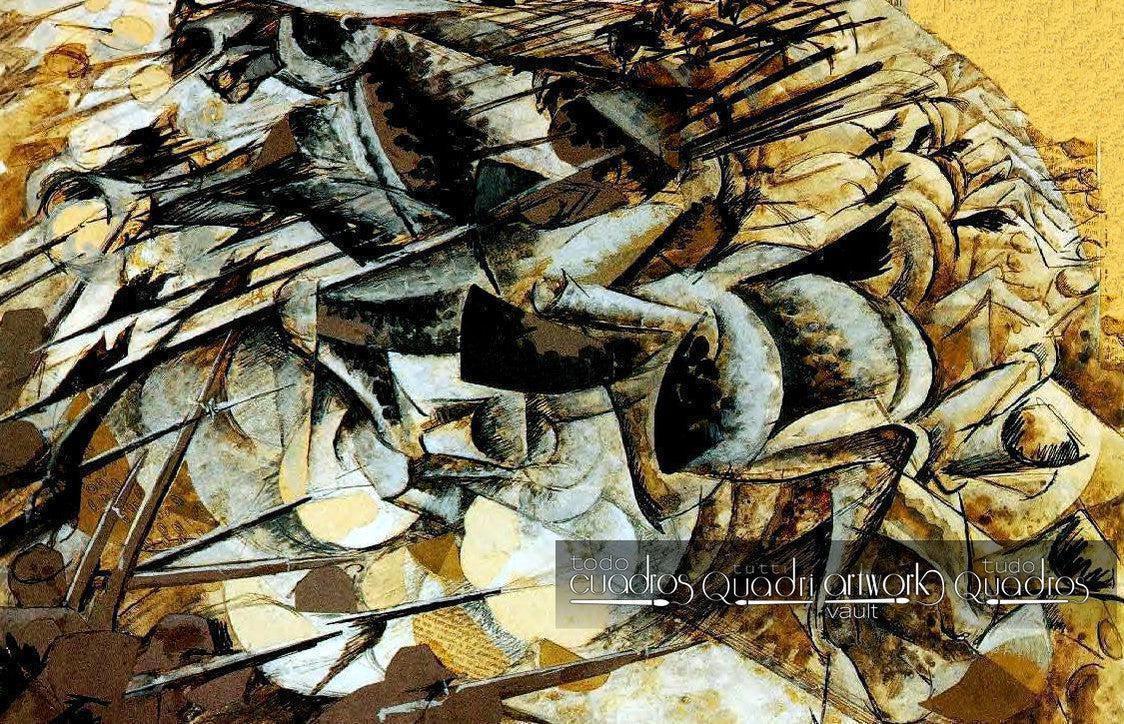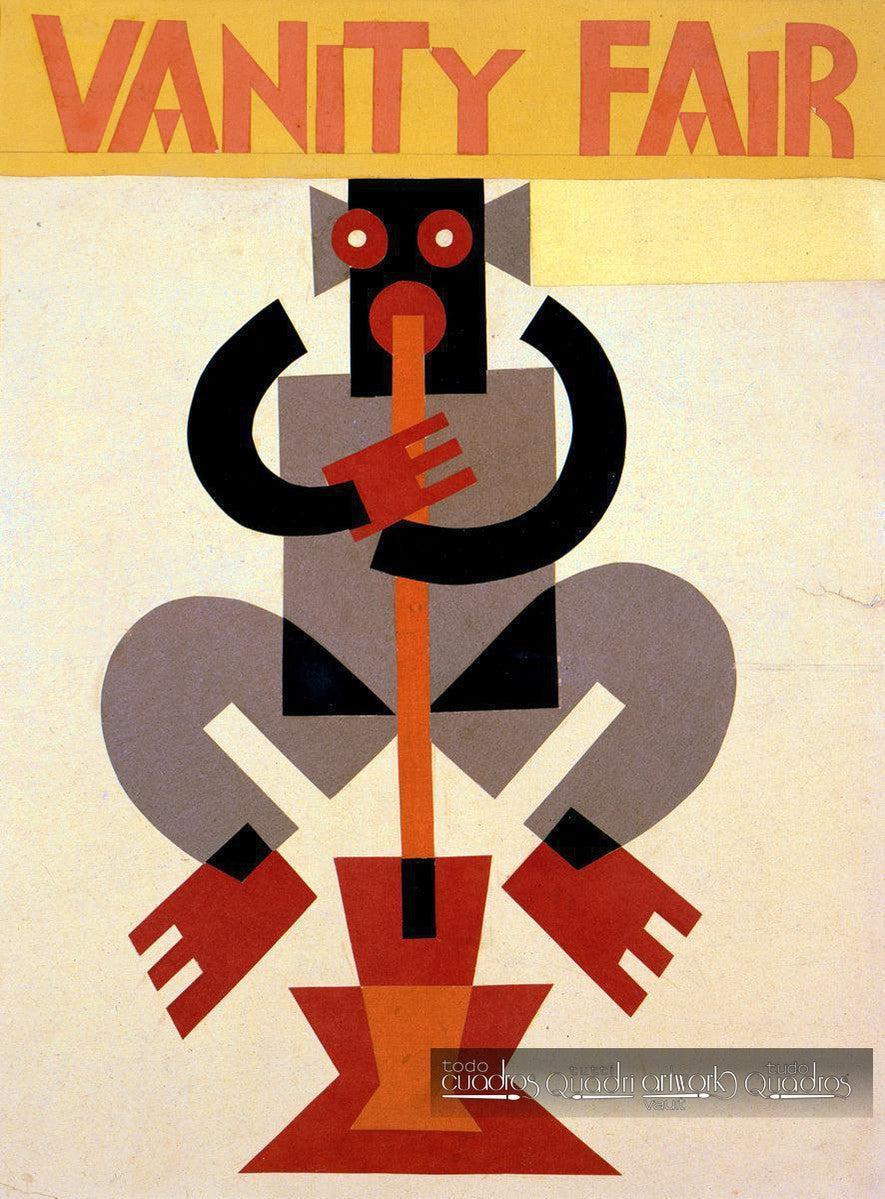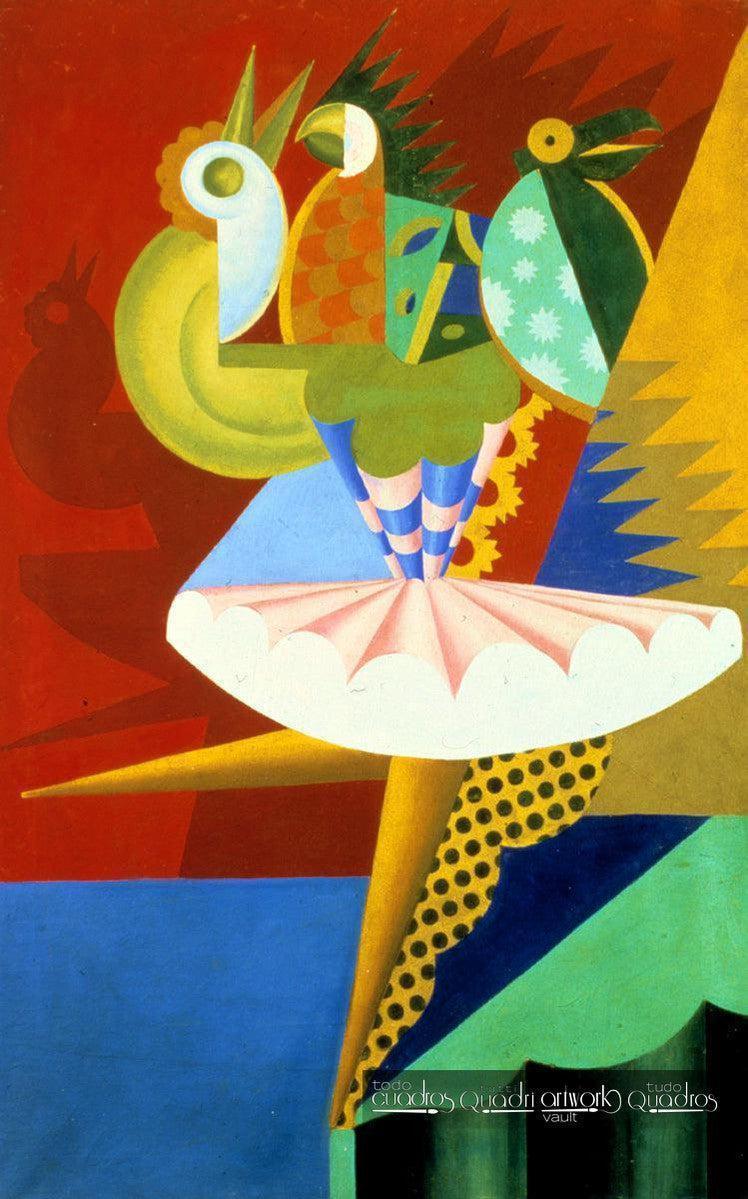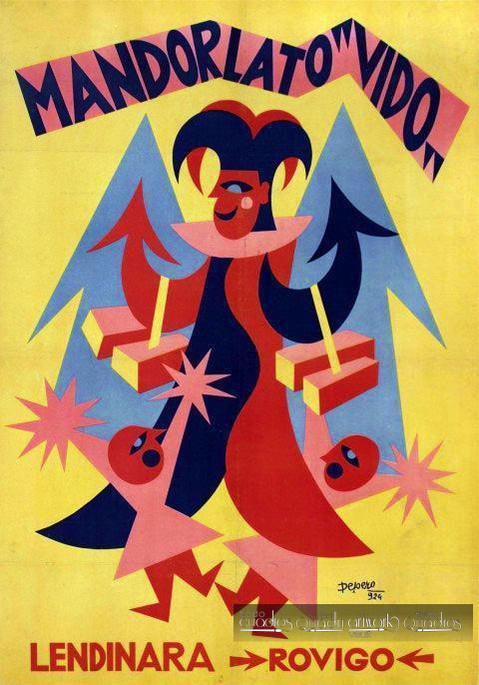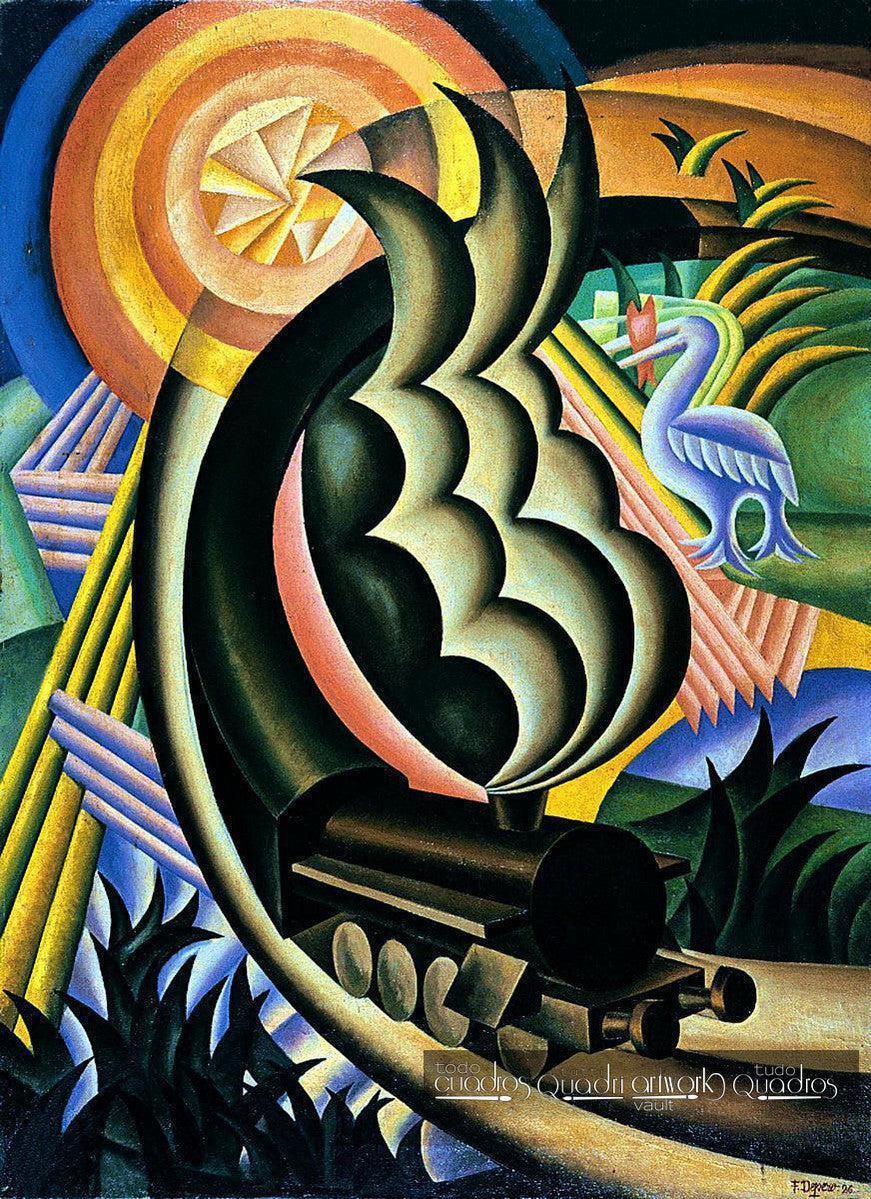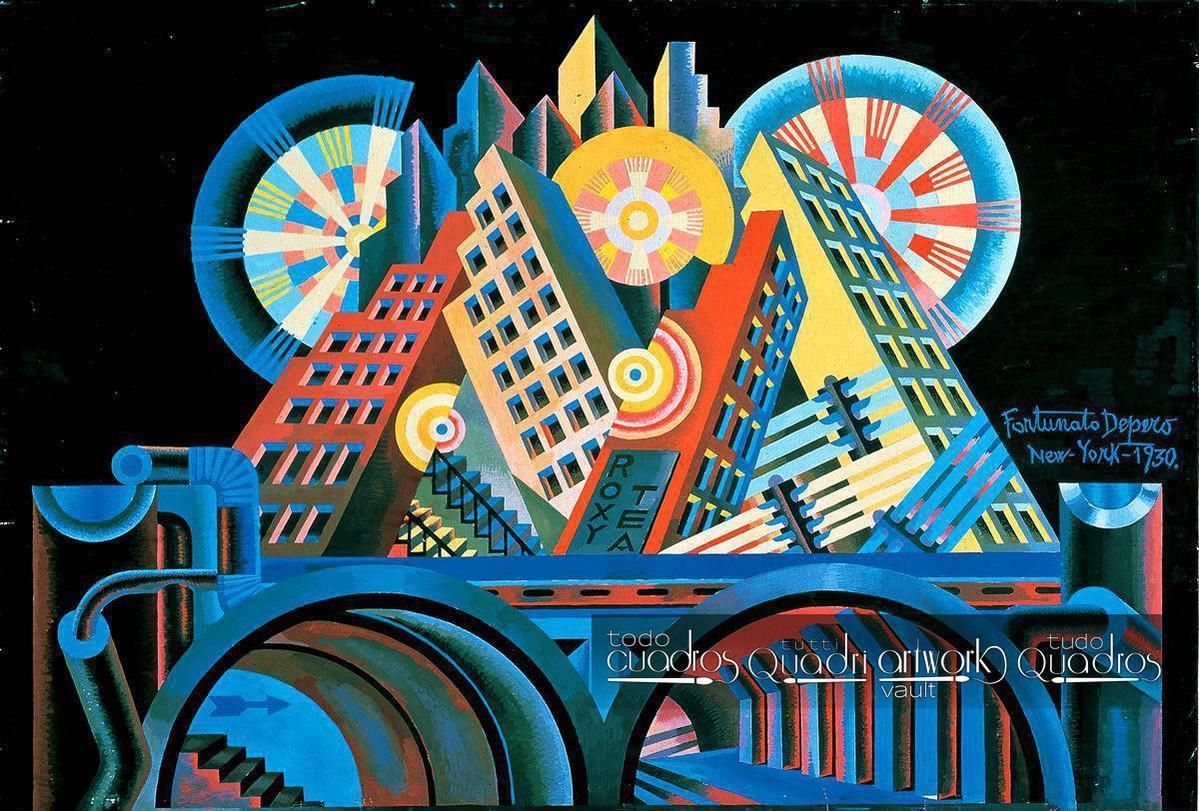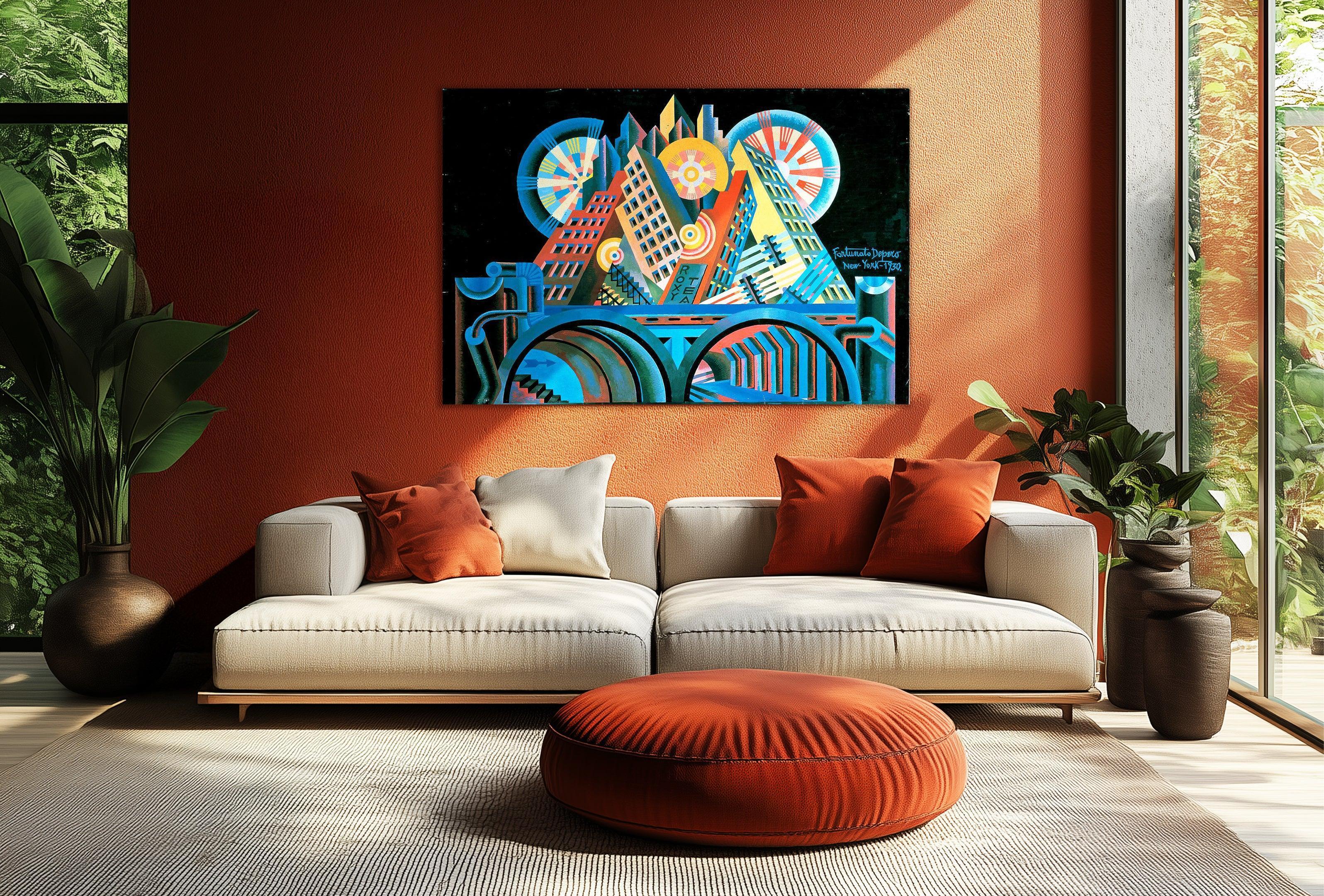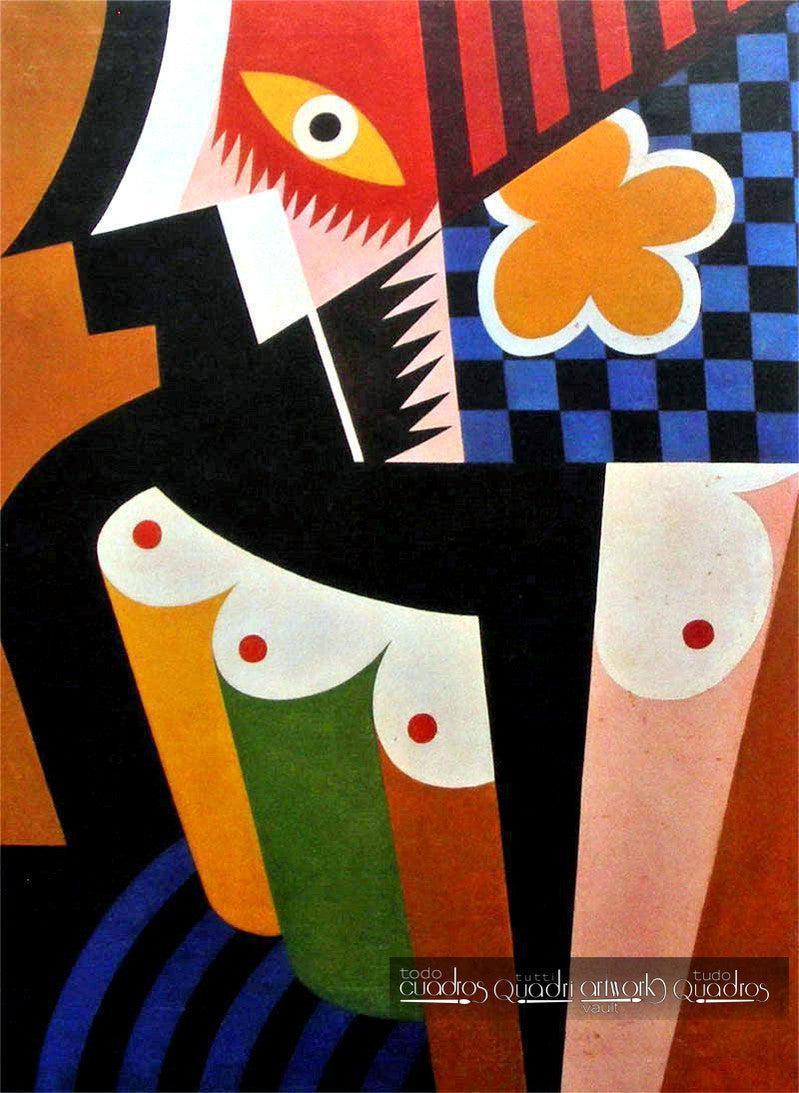Bitter Campari Soda
$177.00 USD
Visiones Simultáneas
$177.00 USD
The Drinker
$177.00 USD
Dynamism of a Human Body
$177.00 USD
Under the Pergola in Naples
$177.00 USD
States of Mind. The Farewells
$177.00 USD
Fight in the Gallery
$359.00 USD
La Strada enters the House
$177.00 USD
The Laugh
$177.00 USD
The City Rises
$177.00 USD
Dynamism of a Soccer Player
$177.00 USD
Charge of the Lancers
$177.00 USD
Vanity Fair
$177.00 USD
Rotation of Ballerina and Parrots
$177.00 USD
Mandorlato Vido
$177.00 USD
The Train
$177.00 USD
Skyscrapers and Tunnel
$177.00 USD
Construction of Woman with Yellow Flower
$177.00 USD
